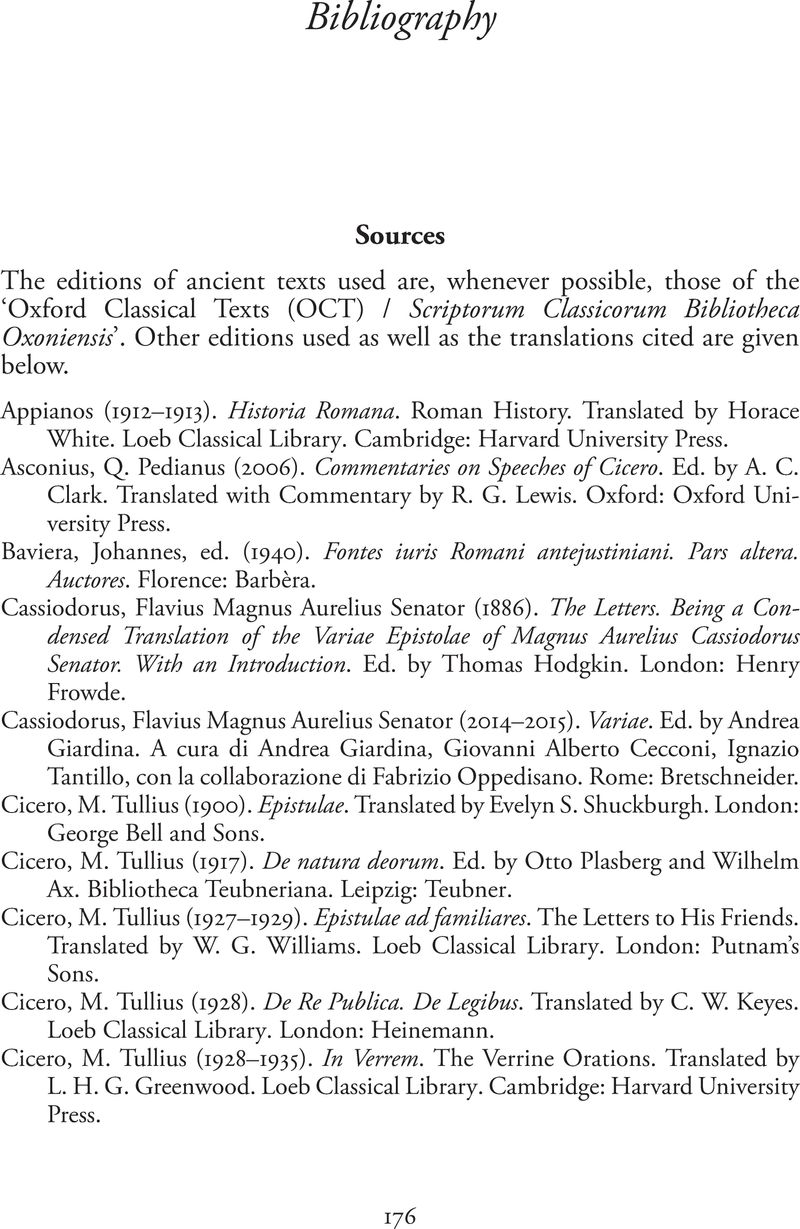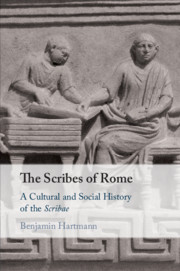Book contents
Bibliography
Published online by Cambridge University Press: 22 September 2020
Summary

- Type
- Chapter
- Information
- The Scribes of RomeA Cultural and Social History of the <I>Scribae</I>, pp. 176 - 200Publisher: Cambridge University PressPrint publication year: 2020

